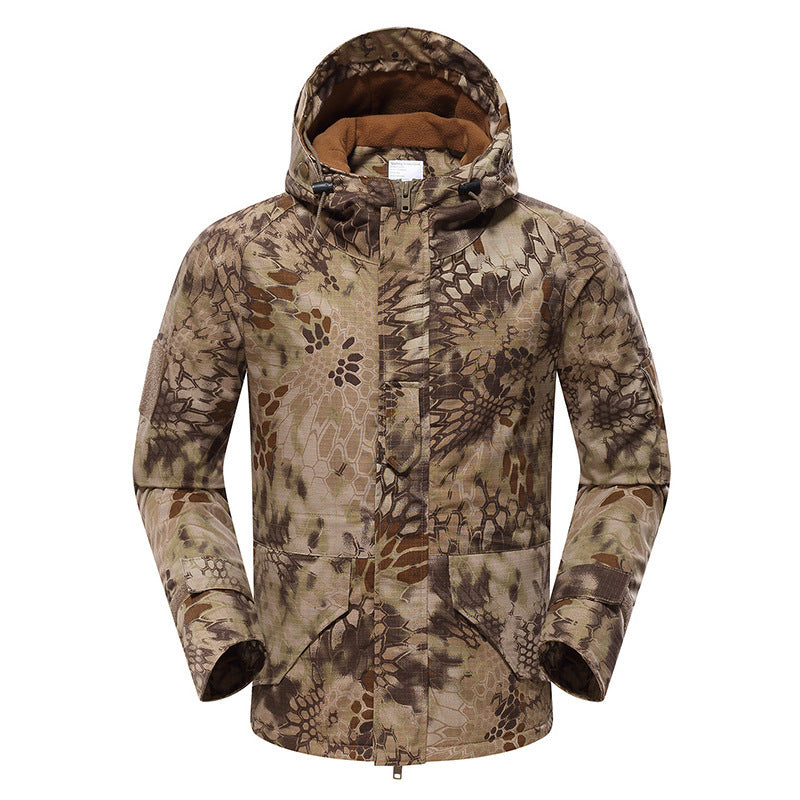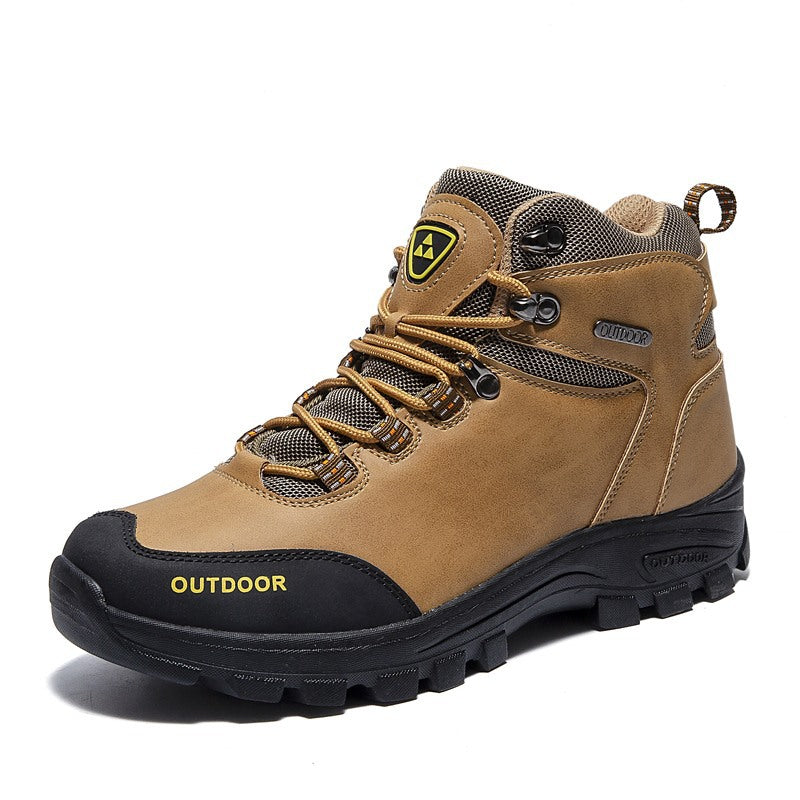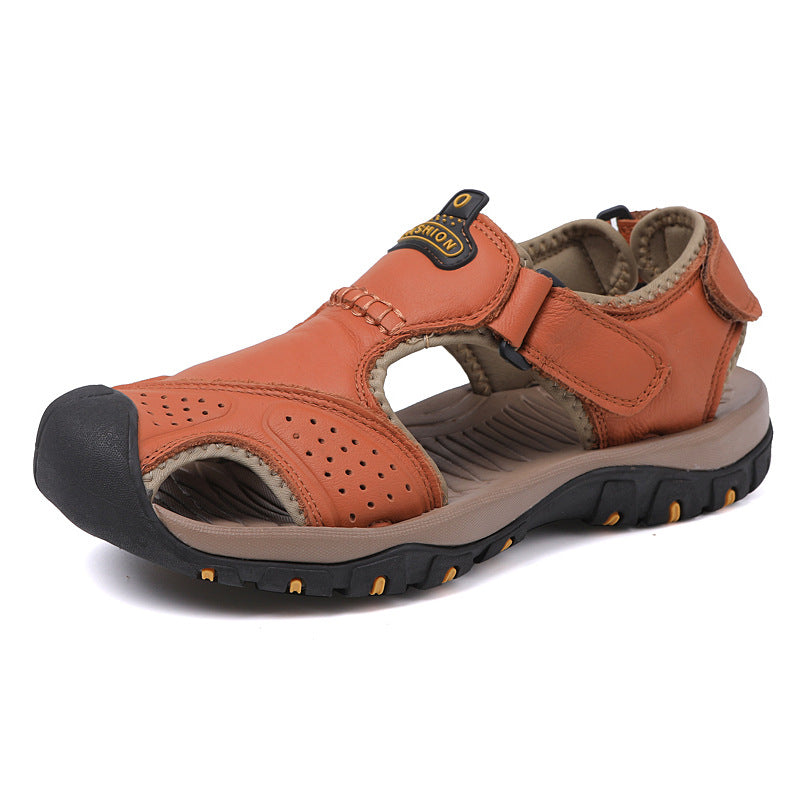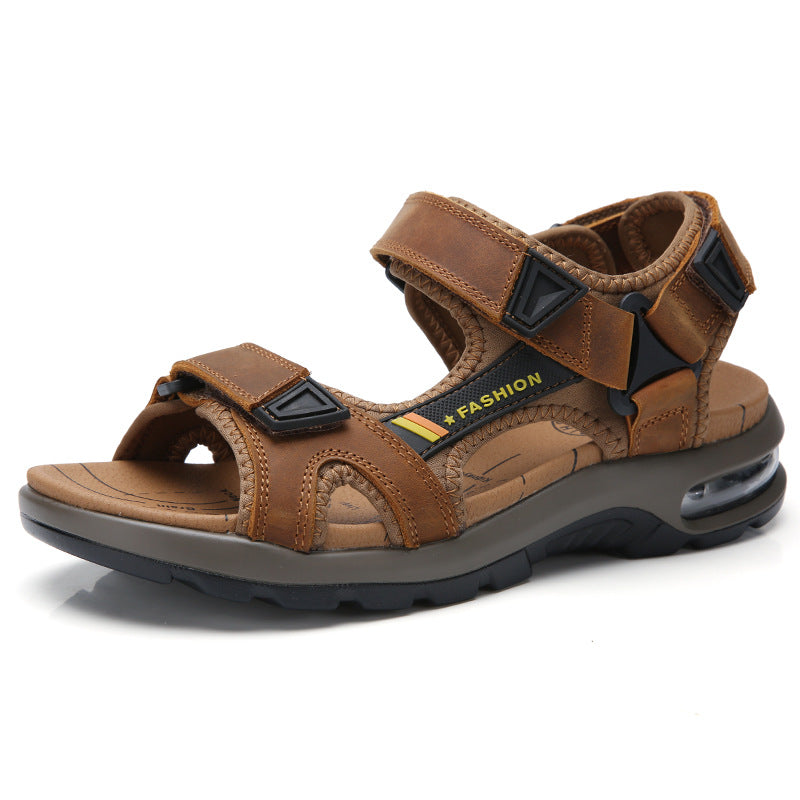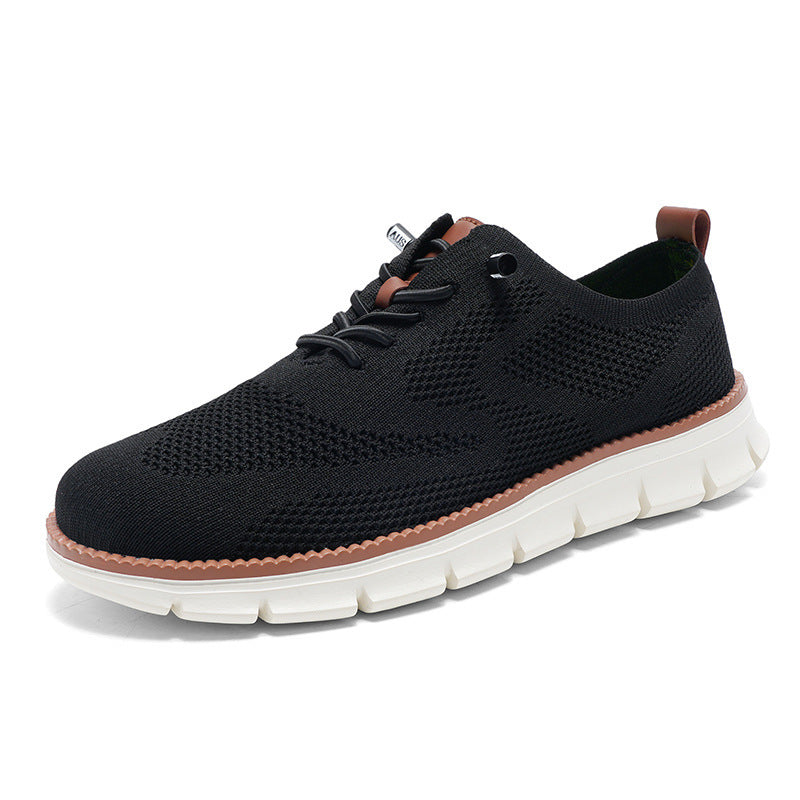
How to Choose the Best Waterproof Hiking Boots
Here’s a comprehensive guide on how to select the best waterproof hiking boots to ensure comfort, durability, and protection on your adventures.
1. Determine Your Hiking Needs
First, consider the type of hiking you’ll be doing. Are you planning on day hikes or multi-day treks? Will you be traversing rocky terrain, muddy trails, or snow-covered paths? Your needs will influence the type of waterproof hiking boots that are best suited for you.
2. Choose the Right Waterproof Technology
Not all waterproof technologies are created equal. Look for boots with proven waterproof membranes such as Gore-Tex, eVent, or eVent Dri-Tec. These materials offer excellent water resistance while allowing moisture from sweat to escape, keeping your feet dry and comfortable.
3. Assess the Boot’s Fit and Comfort
Proper fit is crucial for any hiking boot. Make sure the boots fit well in both length and width, with enough room to accommodate thicker socks or foot swelling that can occur during long hikes. Try on boots in the late afternoon or evening, when your feet are naturally more swollen, to ensure a comfortable fit.
4. Evaluate Support and Stability
Good hiking boots should offer ample ankle support and stability, especially for uneven or rocky terrain. Look for boots with a mid to high cut that provides additional ankle support, and a firm midsole that offers cushioning and shock absorption.
5. Consider the Boot’s Traction and Sole
The sole of your hiking boots plays a critical role in providing traction on various surfaces. Opt for boots with a rugged outsole featuring deep lugs and multi-directional patterns to ensure good grip on slippery or uneven terrain. Vibram outsoles are highly recommended for their durability and traction.
6. Check the Boot’s Durability and Construction
High-quality materials and construction are essential for durable hiking boots. Look for boots made from full-grain leather or robust synthetic materials that can withstand rough use. Reinforced toe caps and heel counters can add extra protection and extend the life of your boots.
7. Test the Waterproofing
Before purchasing, ensure that the boots’ waterproofing is tested and reliable. Some brands offer a guarantee or warranty on their waterproofing, which can give you peace of mind. Additionally, consider boots that allow for proper drainage, such as those with mesh panels or waterproof linings that prevent water from seeping in.
8. Consider Weight and Flexibility
Lighter boots are generally more comfortable for long hikes, but they should not compromise support and durability. If you prefer a more flexible boot, ensure it still provides adequate support for your feet. Find a balance between weight and sturdiness based on your hiking needs.
9. Think About Breathability
While waterproofing is crucial, breathability is equally important to prevent overheating and moisture buildup inside the boots. Choose boots with breathable linings or mesh panels to keep your feet cool and dry.
10. Try Before You Buy
Whenever possible, try on hiking boots before purchasing. Walk around the store, test them on an incline, and check for any discomfort or pressure points. If buying online, ensure the retailer has a good return policy in case the boots don’t fit as expected.
Conclusion
Choosing the best waterproof hiking boots involves evaluating various factors such as waterproof technology, fit, support, and traction. By understanding your specific hiking needs and carefully selecting boots that meet these criteria, you can ensure a comfortable and enjoyable hiking experience, no matter what the weather or terrain throws your way.
Happy hiking, and may your adventures always be dry and comfortable!








